Refine listing
Actions for selected content:
2250 results in Cambridge Elements
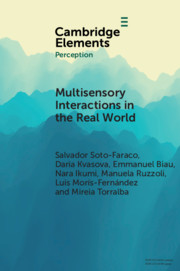
Multisensory Interactions in the Real World
-
- Published online:
- 08 August 2019
- Print publication:
- 22 August 2019
-
- Element
- Export citation
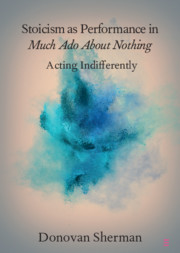
Stoicism as Performance in Much Ado about Nothing
- Acting Indifferently
-
- Published online:
- 05 August 2019
- Print publication:
- 22 August 2019
-
- Element
- Export citation
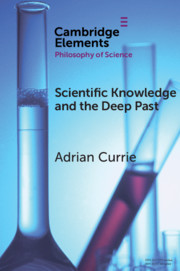
Scientific Knowledge and the Deep Past
- History Matters
-
- Published online:
- 01 August 2019
- Print publication:
- 15 August 2019
-
- Element
- Export citation

The Role of the Corporate Tax
-
- Published online:
- 01 August 2019
- Print publication:
- 15 August 2019
-
- Element
- Export citation

Haunting History Onstage
- Shakespeare in the USA and Canada
-
- Published online:
- 01 August 2019
- Print publication:
- 15 August 2019
-
- Element
- Export citation
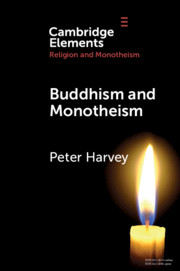
Buddhism and Monotheism
-
- Published online:
- 30 July 2019
- Print publication:
- 08 August 2019
-
- Element
- Export citation
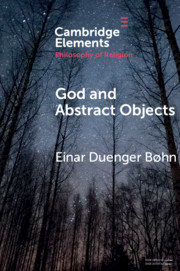
God and Abstract Objects
-
- Published online:
- 19 July 2019
- Print publication:
- 08 August 2019
-
- Element
- Export citation

Leadership Studies and the Desire for Shared Agreement
- A Narrative Inquiry
-
- Published online:
- 18 July 2019
- Print publication:
- 11 July 2019
-
- Element
- Export citation

Agent-Based Strategizing
-
- Published online:
- 17 July 2019
- Print publication:
- 17 October 2019
-
- Element
- Export citation

Undocumented Nationals
- Between Statelessness and Citizenship
-
- Published online:
- 16 July 2019
- Print publication:
- 11 July 2019
-
- Element
- Export citation
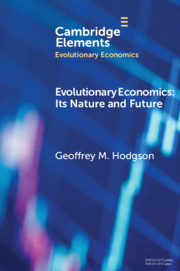
Evolutionary Economics
- Its Nature and Future
-
- Published online:
- 15 July 2019
- Print publication:
- 17 October 2019
-
- Element
- Export citation
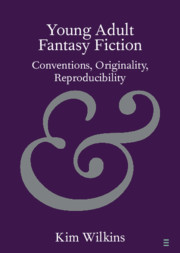
Young Adult Fantasy Fiction
- Conventions, Originality, Reproducibility
-
- Published online:
- 11 July 2019
- Print publication:
- 08 August 2019
-
- Element
- Export citation
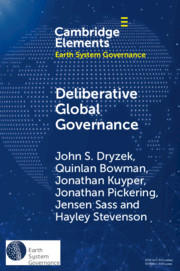
Deliberative Global Governance
-
- Published online:
- 08 July 2019
- Print publication:
- 11 July 2019
-
- Element
- Export citation

Corporate Social Responsibility
-
- Published online:
- 05 July 2019
- Print publication:
- 04 July 2019
-
- Element
- Export citation

Chemical Senses in Feeding, Belonging, and Surviving
- Or, Are You Going to Eat That?
-
- Published online:
- 05 July 2019
- Print publication:
- 11 July 2019
-
- Element
- Export citation
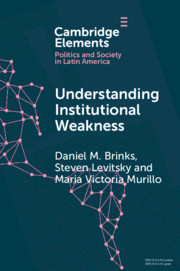
Understanding Institutional Weakness
- Power and Design in Latin American Institutions
-
- Published online:
- 04 July 2019
- Print publication:
- 27 June 2019
-
- Element
- Export citation
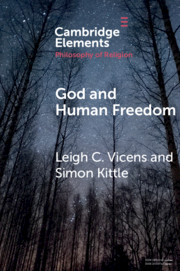
God and Human Freedom
-
- Published online:
- 03 July 2019
- Print publication:
- 04 July 2019
-
- Element
- Export citation
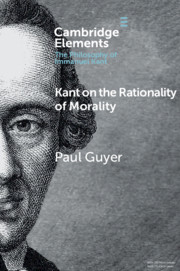
Kant on the Rationality of Morality
-
- Published online:
- 01 July 2019
- Print publication:
- 11 July 2019
-
- Element
- Export citation
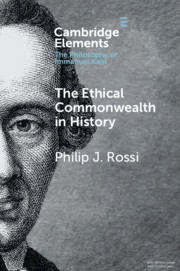
The Ethical Commonwealth in History
- Peace-making as the Moral Vocation of Humanity
-
- Published online:
- 01 July 2019
- Print publication:
- 04 July 2019
-
- Element
- Export citation
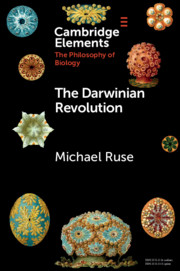
The Darwinian Revolution
-
- Published online:
- 27 June 2019
- Print publication:
- 25 April 2019
-
- Element
- Export citation
